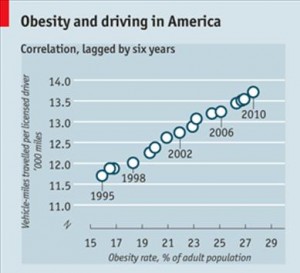Can the Right Music Get You Out of a Traffic Ticket?
Aaron Pilkington, an officer trainee at Air Force Officer Training School in Montgomery, Ala., writes to say:
I was driving down the road the other day with a fellow trainee, pointing out to him that the particular road along which we were driving always has police officers hiding out and catching people speeding. Just as I said that, sure enough, we saw a police car pull out with lights on and pull someone over. My friend, Bill, said that he wondered if the song “Sweet Home Alabama” would work in Alabama. I asked him to elaborate.
My friend, who is from Rhode Island, explained that a couple of years ago he was speeding and got pulled over by a police officer. He said that the song “Sweet Home Alabama” was on the radio and that somehow the officer let him off on a warning. Some time later, he was pulled over again and had the song on his iPod. In the time between being pulled over by the police officer and the officer walking up to his window, he pulled the song up on his iPod and left it on loud enough to be heard by the police officer, but not too loud. Again, success. He said this happened one more time just a couple of months ago in Florida and that he now always has at the ready a CD with the song “Sweet Home Alabama,” just in case he gets pulled over again.

